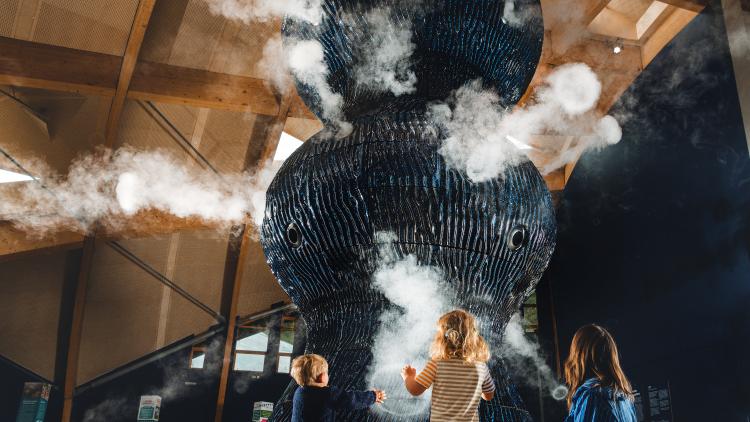10, 17, 24 and 31 January 2026
Yoga at the Eden Project
Reset and recharge every Saturday from 10–31 January 2026 during our free yoga sessions at the Eden Project. Set within our tranquil Mediterranean Biome, these weekly sessions are designed to help you slow down and support your overall wellbeing in a calm, natural environment.
























